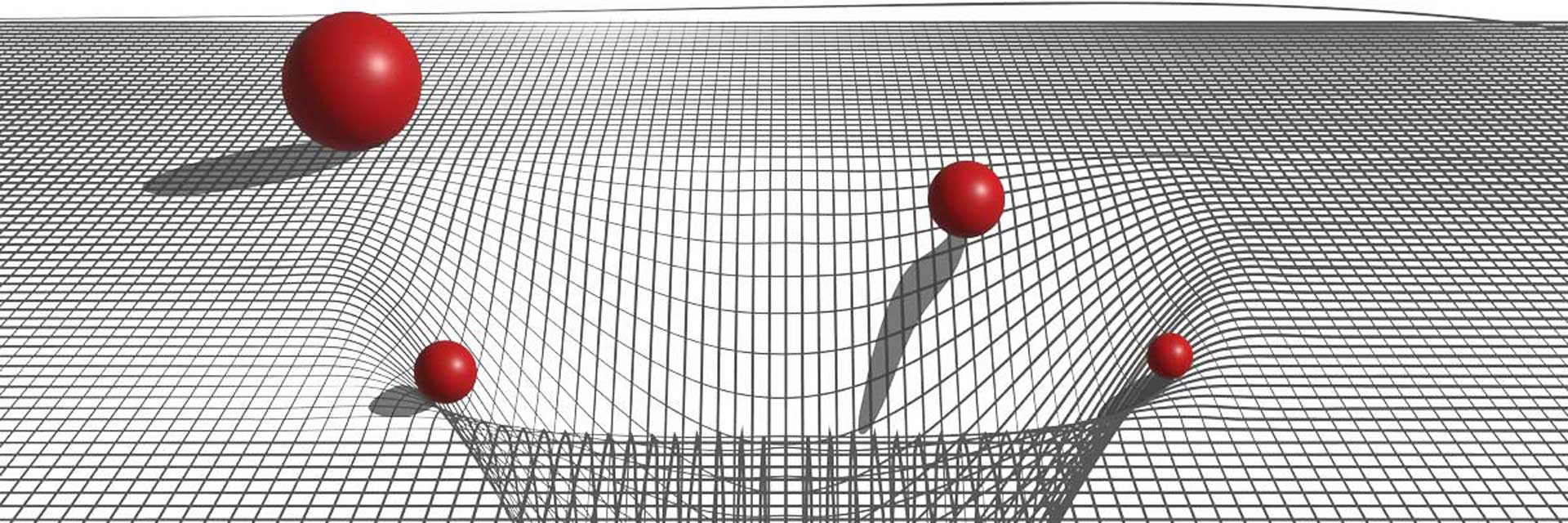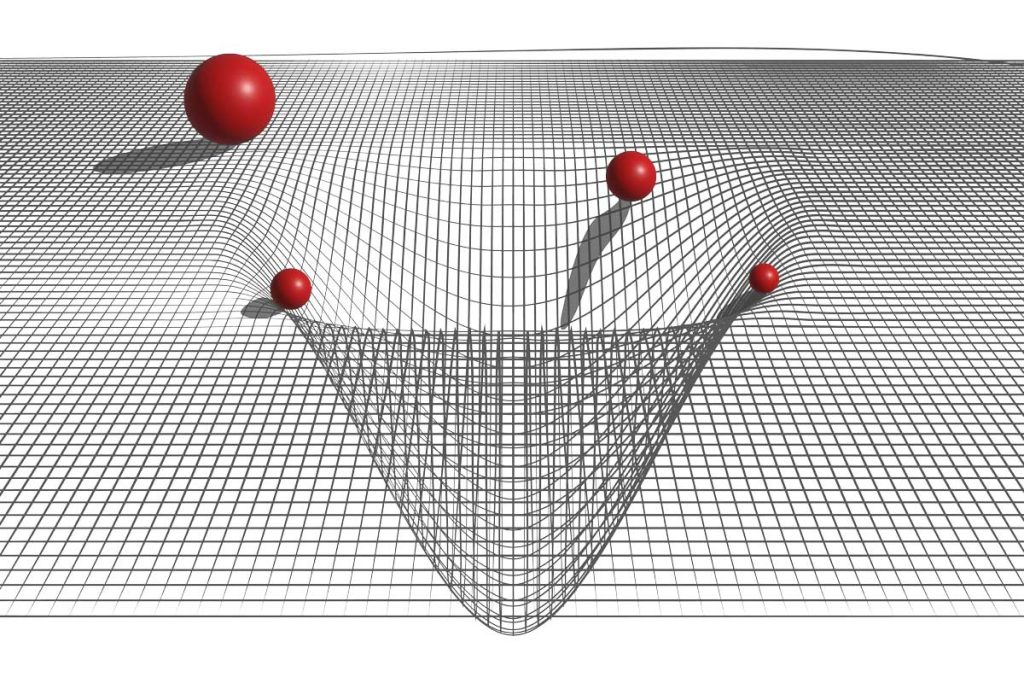Somewhere behind the Milky Way, a black hole sings. Strictly speaking, all black holes sing.
To de this, they let stars, planets or whole galaxies explode. The resulting pressure waves are sound waves, but nobody can hear them because sound waves cannot propagate in the vacuum of the universe. The black hole we’re talking about, which is in the proximity of the Perseus spiral arm, is the first black hole in the history of the universe, whose voice is heard. At least by us humans. Scientists of the American space agency NASA have calculated the pressure waves and found that they form a continuous tone: a b, but 57 octaves below the middle c, insofar very difficult to hear. So they beamed up the frequency by 58 octaves, so that the sound is now well perceptible to human ears: a droning, subtly psychedelic, even quite spooky noise. But presumably one should not apply the usual standards of music and art criticism to someone who raises his voice 250 million light years away – and who has already kept this sound constant for two billion years. First do better, as they say.
But does a black hole produce art at all, since it is actually a very introverted character that bottles everything up, light included? What is art anyway? In the Namib Desert in Namibia, for example, there has been an installation for two years consisting of six loudspeakers and an MP3 player powered by solar energy. Toto’s “Africa” is playing out of the speakers, and according to the artist Max Siedenkopf, “into infinity”. As it is with infinity, the thought of it is quite abstract. Such an “ultimate homage” to Toto’s world hit or the aspired infinity can be over quite quickly, if for example a camel knocks over the MP3 player or a desert nomad stumbles over the installation. Because the past has taught us that not everyone holds Toto sacred. A few years ago, for example, the US Cuban rapper Pitbull messed up “Africa” for the soundtrack of the film Aquaman in such a particularly unimaginative way that people would have preferred to throw him and his microphone into a black hole.
Perhaps the best option would be to erect a monument to “Africa” in the spirit of the Spanish artist Salvatore Garau. He specializes in invisible sculptures. He recently sold one of his artworks for 15,000 euros, with the note to “place it in a private home, in a room free of obstacles on 150 x 150 cm.” In parts of the art world, he is now condemned as a charlatan who enriches himself in a cheap way. But is art only what one sees? What you think you see? What one thinks one hears? Would “Africa” still be “Africa” if it were played silently? Do you have to hear everything? An aging hit from the depths of the eighties, damned with autorepeat for all eternity? A b sound from the depths of the universe? Fortunately, evolution has come a long way. The answer is not, as in the space artwork Hitchhiker’s Guide to the Galaxy: 42. But: Mute.
PS: Useless knowledge, part 27: The US space agency NASA has launched a project called “Sonify the Universe”. Not only are pressure waves generated in black holes acoustically represented, but also the soundscapes in galaxy vortices such as the Perseus Cluster or in gas mixtures such as in the Carina Nebula of the Milky Way are translated into orchestral symphonies. If you want to, you can take a listen.


